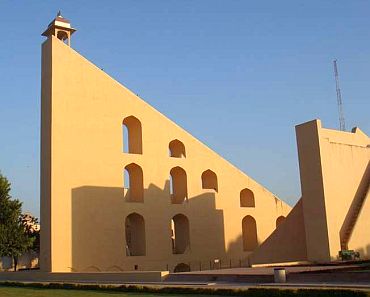
Enhancing India's cultural worth, United Nations Educational, Scientific and Cultural Organisation recently listed the Jantar Mantar astronomical observatory in Jaipur, Rajasthan, as a World Heritage Site.
Built by the Maharaja Jai Singh II in 1730, it includes a set of some 20 main fixed instruments. They are monumental examples in masonry of known instruments but which in many cases have specific characteristics of their own.
Designed for the observation of astronomical positions with the naked eye, they embody several architectural and instrumental innovations. This is the most significant, most comprehensive, and the best preserved of India's historic observatories.
Click on NEXT to see other world heritage sites in India...

The Chhatrapati Shivaji Terminus, formerly known as Victoria Terminus Station, in Mumbai, is an outstanding example of Victorian Gothic Revival architecture in India, blended with themes deriving from Indian traditional architecture.
The building, designed by the British architect F W Stevens, became the symbol of Bombay as the 'Gothic City' and the major international mercantile port of India.
The terminal was built over 10 years, starting in 1878, according to a High Victorian Gothic design based on late medieval Italian models. Its remarkable stone dome, turrets, pointed arches and eccentric ground plan are close to traditional Indian palace architecture.
Click on NEXT to check out more breathtaking sites..
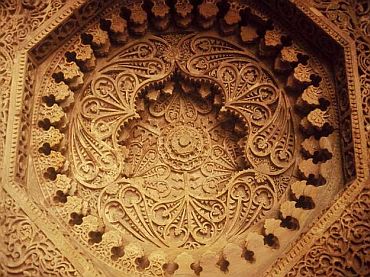
Champaner-Pavagadh Archaeological Park - Gujarat
A concentration of largely unexcavated archaeological, historic and living cultural heritage properties cradled in an impressive landscape, which includes prehistoric (chalcolithic) sites, a hill fortress of an early Hindu capital, and remains of the 16th-century capital of the state of Gujarat.
The site also includes, among other vestiges, fortifications, palaces, religious buildings, residential precincts, agricultural structures and water installations, from the 8th to 14th centuries.
The Kalikamata Temple on top of Pavagadh Hill is considered to be an important shrine, attracting large numbers of pilgrims throughout the year.
The site is the only complete and unchanged Islamic pre-Mughal city.
Click on NEXT to check out more breathtaking sites...
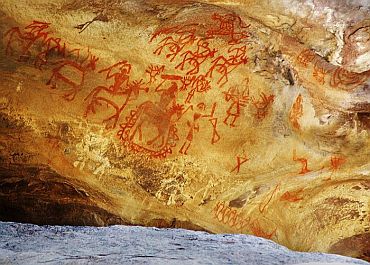
The rock shelters of Bhimbetka are in the foothills of the Vindhyan mountains on the southern edge of the central Indian plateau.
Within massive sandstone outcrops, above comparatively dense forest, are five clusters of natural rock shelters, displaying paintings that appear to date from the Mesolithic period right through to the historical period.
The cultural traditions of the inhabitants of the 21 villages adjacent to the site bear a strong resemblance to those represented in the rock paintings.
Click on NEXT to check out more breathtaking sites...

Built in the early 13th century a few kilometres south of Delhi, the red sandstone tower of Qutb Minar is 72.5 m high, tapering from 2.75 m in diameter at its peak to 14.32 m at its base, and alternating angular and rounded flutings.
The surrounding archaeological area contains funerary buildings, notably the magnificent Alai-Darwaza Gate, the masterpiece of Indo-Muslim art (built in 1311), and two mosques, including the Quwwatu'l-Islam, the oldest in northern India, built of materials reused from some 20 Brahman temples.
Click on NEXT to check out more breathtaking sites...
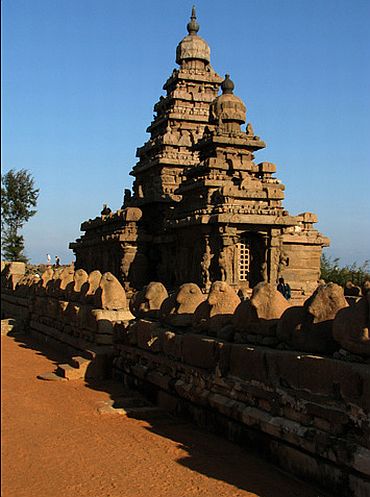
This group of sanctuaries, founded by the Pallava kings, was carved out of rock along the Coromandel coast in the 7th and 8th centuries.
It is known especially for its rathas (temples in the form of chariots), mandapas (cave sanctuaries), giant open-air reliefs such as the famous 'Descent of the Ganges', and the temple of Rivage, with thousands of sculptures to the glory of Shiva.
Click on NEXT to check out more breathtaking sites...

Churches and Convents of Goa
The churches and convents of Goa, the former capital of the Portuguese Indies -- particularly the Church of Bom Jesus, which contains the tomb of St Francis-Xavier -- illustrate the evangelization of Asia.
These monuments were influential in spreading forms of Manueline, Mannerist and Baroque art in all the countries of Asia where missions were established.
Click on NEXT to check out more breathtaking sites...

Hampi monuments - Karnataka
The austere, grandiose site of Hampi was the last capital of the last great Hindu Kingdom of Vijayanagar.
Its fabulously rich princes built Dravidian temples and palaces, which won the admiration of travellers between the 14th and 16th centuries.
Conquered by the Deccan Muslim confederacy in 1565, the city was pillaged over a period of six months before being abandoned.
Click on NEXT to check out more breathtaking sites...
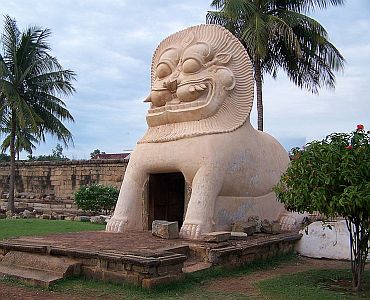
The Chola temples -- Thanjavur, Tamil Nadu
The Chola temples were built by kings of the Chola empire, which stretched over all of south India and the neighbouring islands.
The site includes three great 11th- and 12th-century temples: the Brihadisvara temple at Thanjavur, the Brihadisvara temple at Gangaikondacholisvaram and the Airavatesvara temple at Darasuram.
The temple of Gangaikondacholisvaram, built by Rajendra I, was completed in 1035.
Its 53-m vimana (sanctum tower) has recessed corners and a graceful upward curving movement, contrasting with the straight and severe tower at Thanjavur.
The Airavatesvara temple complex, built by Rajaraja II, at Darasuram features a 24-m vimana and a stone image of Shiva. The temples testify to the brilliant achievements of the Chola in architecture, sculpture, painting and bronze casting.
Click on NEXT to check out more breathtaking sites...
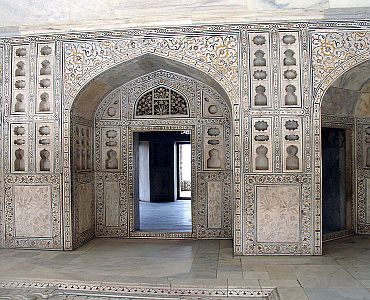
Click on NEXT to check out more breathtaking sites...
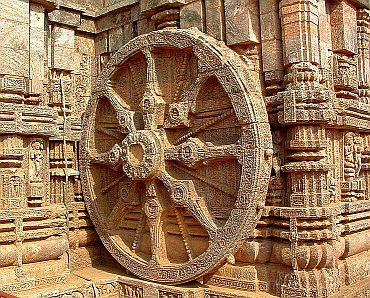
On the shores of the Bay of Bengal, bathed in the rays of the rising sun, the temple at Konarak is a monumental representation of the sun god Surya's chariot.
Its 24 wheels are decorated with symbolic designs and a team of six horses leads it.
Built in the 13th century, it is one of India's most famous Brahman sanctuaries.
Click on NEXT to check out more breathtaking sites...
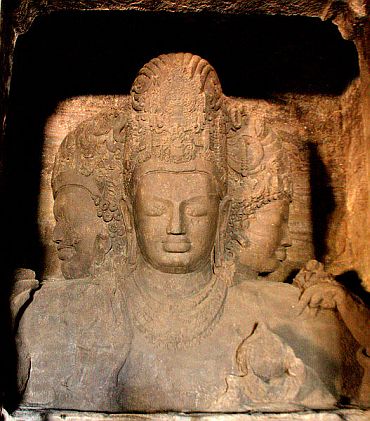
The 'City of Caves', on an island in the Sea of Oman close to Mumbai, contains a collection of rock art linked to the cult of Shiva.
Here, Indian art has found one of its most perfect expressions, particularly the huge high reliefs in the main cave.
Click on NEXT to check out more breathtaking sites...
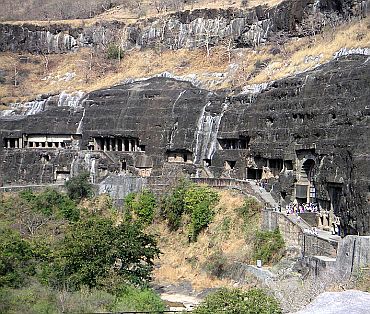
Ajanta caves -- Aurangabad, Maharashtra
The first Buddhist cave monuments at Ajanta date from the 2nd and 1st century BC.
During the Gupta period (5th and 6th century AD), many more richly decorated caves were added to the original group.
The paintings and sculptures of Ajanta, considered masterpieces of Buddhist religious art, have had a considerable artistic influence.
Click on NEXT to check out more breathtaking sites...

These 34 monasteries and temples, extending over more than 2 km, were dug side by side in the wall of a high basalt cliff, not far from Aurangabad in Maharashtra.
Ellora, with its uninterrupted sequence of monuments dating from AD 600 to 1000, brings the civilization of ancient India to life.
Not only is the Ellora complex a unique artistic creation and a technological exploit but, with its sanctuaries devoted to Buddhism, Hinduism and Jainism, it illustrates the spirit of tolerance that was characteristic of ancient India.
Click on NEXT to check out more breathtaking sites...
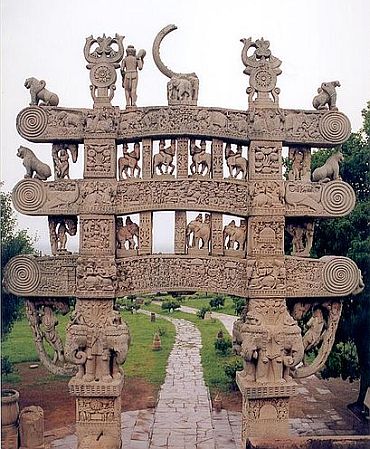
Sanchi monuments -- Raisen, Madhya Pradesh
On a hill overlooking the plain and about 40 km from Madhya Pradesh capital Bhopal, the site of Sanchi comprises a group of Buddhist monuments (monolithic pillars, palaces, temples and monasteries) all in different states of conservation most of which date back to the 2nd and 1st century BC.
It is the oldest Buddhist sanctuary in existence and was a major Buddhist centre in India until the 12th century AD
Click on NEXT to check out more breathtaking sites...
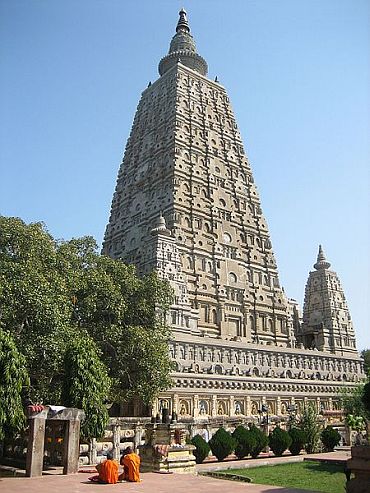
The Mahabodhi Temple Complex is one of the four holy sites related to the life of the Lord Buddha, and particularly to the attainment of Enlightenment.
The first temple was built by Emperor Asoka in the 3rd century BC. The present temple dates from the 5th or 6th century.
It is one of the earliest Buddhist temples built entirely in brick, still standing in India, from the late Gupta period.
The site of the Mahabodhi temple provides exceptional records for the events associated with the life of Buddha and subsequent worship, particularly since Emperor Asoka built the first temple, the balustrades, and the memorial column.
The present temple is one of the earliest and most imposing structures built entirely in brick from the late Gupta period
Click on NEXT to check out more breathtaking sites...
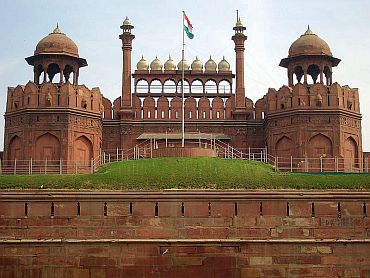
Red Fort -- New Delhi
The Red Fort Complex was built as the palace fort of Shahjahanabad -- the new capital of the fifth Mughal emperor of India, Shah Jahan.
Named for its massive enclosing walls of red sandstone, it is adjacent to an older fort, the Salimgarh, built by Islam Shah Suri in 1546, with which it forms the Red Fort complex.
The private apartments consist of a row of pavilions connected by a continuous water channel, known as the Nahr-i-Behisht (Stream of Paradise).
The Red Fort is considered to represent the zenith of Mughal creativity, which under Shah Jahan, was brought to a new level of refinement. The planning of the palace is based on Islamic prototypes, but each pavilion reveals architectural elements typical of Mughal building, reflecting a fusion of Persian, Timurid and Hindu traditions.
The Red Fort's innovative planning and architectural style, including the garden design, strongly influenced later buildings and gardens in Rajasthan, Delhi, Agra and further.
Click on NEXT to check out more breathtaking sites...
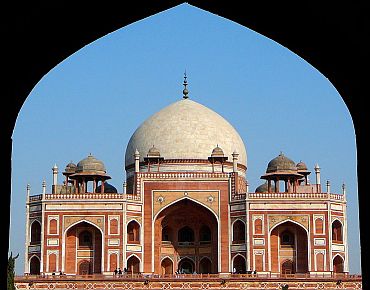
Click on NEXT to check out more breathtaking sites...

Fatehpur Sikri -- Agra, Uttar Pradesh
Built during the second half of the 16th century by the Emperor Akbar, Fatehpur Sikri (the City of Victory) was the capital of the Mughal empire for only some 10 years.
The complex of monuments and temples, all in a uniform architectural style, includes one of the largest mosques in India, the Jama Masjid.
Click on NEXT to check out more breathtaking sites...
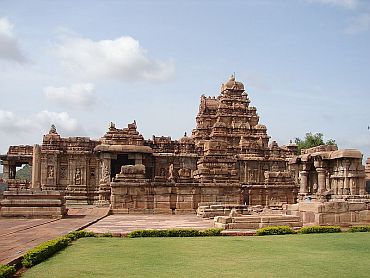
Pattadakal monuments
Pattadakal, in Karnataka, represents the high point of an eclectic art which, in the 7th and 8th century under the Chalukya dynasty, achieved a harmonious blend of architectural forms from northern and southern India.
An impressive series of nine Hindu temples, as well as a Jain sanctuary, can be seen there. One masterpiece from the group stands out the temple of Virupaksha, built by Queen Lokamahadevi to commemorate her husband's victory over the kings from the South.
Click on NEXT to check out more breathtaking sites...

Click on NEXT to check out more breathtaking sites...
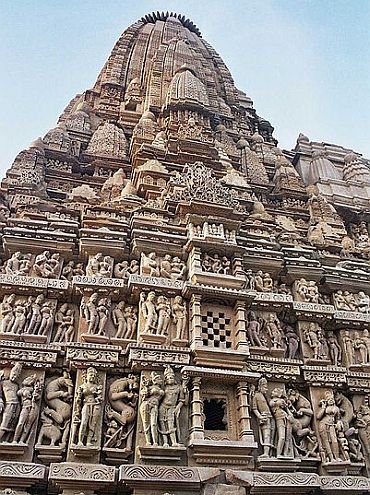
The temples at Khajuraho were built during the Chandella dynasty, which reached its apogee between 950 and 1050.
Only about 20 temples remain; they fall into three distinct groups and belong to two different religions -- Hinduism and Jainism.
They strike a perfect balance between architecture and sculpture.
The Temple of Kandariya is decorated with a profusion of sculptures that are among the greatest masterpieces of Indian art.
Click on NEXT to check out more breathtaking sites...
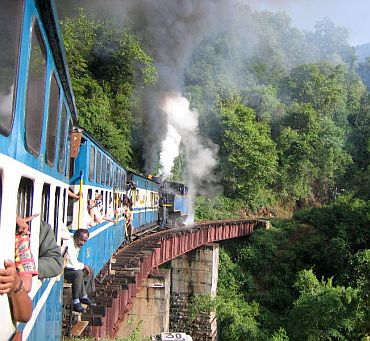
This site includes three railways. The Darjeeling Himalayan Railway was the first, and is still the most outstanding, example of a hill passenger railway. Opened in 1881, its design applies bold and ingenious engineering solutions to the problem of establishing an effective rail link across a mountainous terrain of great beauty.
The construction of the Nilgiri Mountain Railway, a 46-km long metre-gauge single-track railway in Tamil Nadu State was first proposed in 1854, but due to the difficulty of the mountainous location the work only started in 1891 and was completed in 1908. This railway, scaling an elevation of 326 m to 2,203 m, represented the latest technology of the time.
The Kalka Shimla Railway, a 96-km long, single track working rail link built in the mid-19th century to provide a service to the highland town of Shimla is emblematic of the technical and material efforts to disenclave mountain populations through the railway.
All three railways are still fully operational.